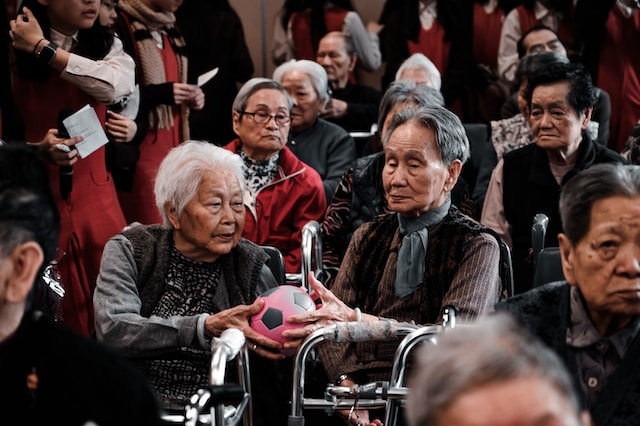Introduction:
Art has the power to transcend boundaries and bring people together. In our local arts scene, fostering inclusivity is crucial to creating a vibrant and diverse community. By building bridges through art, we can break down barriers, celebrate diversity, and create a space where everyone feels welcome. In this article, we will explore the importance of inclusivity in the arts and discuss ways to promote it within our local community.
1. Embracing Diversity:
The first step towards fostering inclusivity in the arts is to embrace diversity. Our local arts scene should reflect the rich tapestry of cultures, backgrounds, and perspectives that make up our community. This can be achieved by actively seeking out artists from different ethnicities, genders, ages, and abilities. By showcasing a diverse range of artistic expressions, we can challenge stereotypes, broaden perspectives, and create a more inclusive environment.
2. Accessible Spaces and Programs:
Creating accessible spaces and programs is essential to ensure that everyone can participate in and enjoy the arts. This includes providing physical accessibility for individuals with disabilities, such as wheelchair ramps and accessible restrooms. Additionally, offering programs and events that cater to different audiences, such as sensory-friendly exhibitions or sign language interpretation, can make the arts more accessible to a wider range of people.
3. Collaborative Projects:
Collaborative projects can be a powerful tool for building bridges and fostering inclusivity in the arts. By bringing together artists from different backgrounds and disciplines, we can create opportunities for cross-cultural exchange and dialogue. Collaborative projects also allow for the sharing of resources, knowledge, and skills, leading to a more inclusive and interconnected arts community.
4. Community Engagement:
Engaging the local community is key to fostering inclusivity in the arts. This can be done through outreach programs, workshops, and community-based projects. By actively involving community members in the artistic process, we can empower them to express their own stories and perspectives. This not only fosters inclusivity but also strengthens the sense of ownership and pride in the local arts scene.
5. Education and Awareness:
Education and awareness play a crucial role in promoting inclusivity in the arts. By incorporating diverse voices and narratives into art education curricula, we can expose students to a wide range of artistic expressions and perspectives. Additionally, hosting workshops, panel discussions, and lectures on topics related to diversity and inclusivity can help raise awareness and promote dialogue within the arts community.
Conclusion:
Building bridges through art is a powerful way to foster inclusivity in our local arts scene. By embracing diversity, creating accessible spaces and programs, engaging in collaborative projects, involving the community, and promoting education and awareness, we can create a more inclusive and vibrant arts community. Let us work together to break down barriers, celebrate diversity, and build a local arts scene that truly reflects the richness and diversity of our community.




